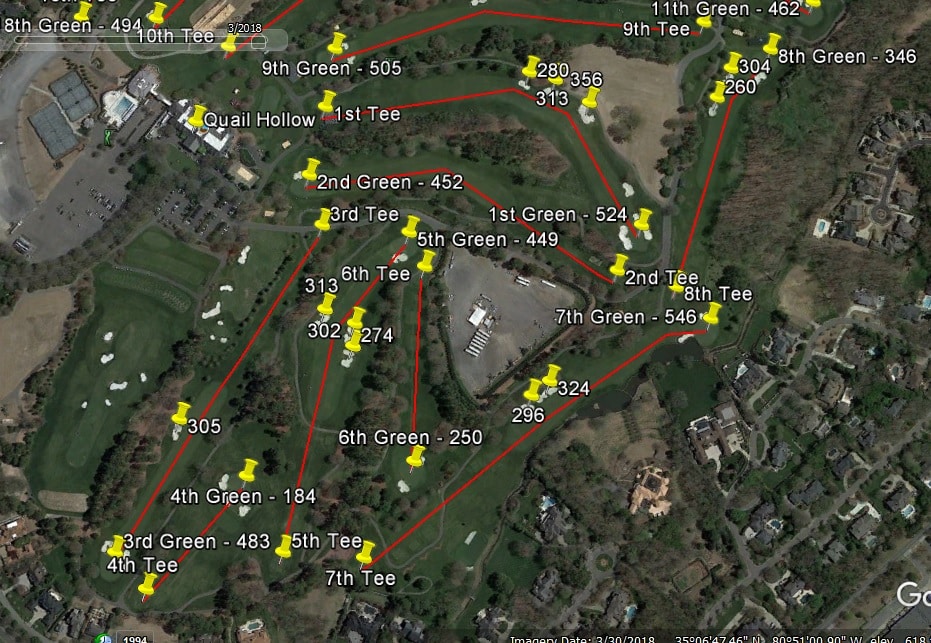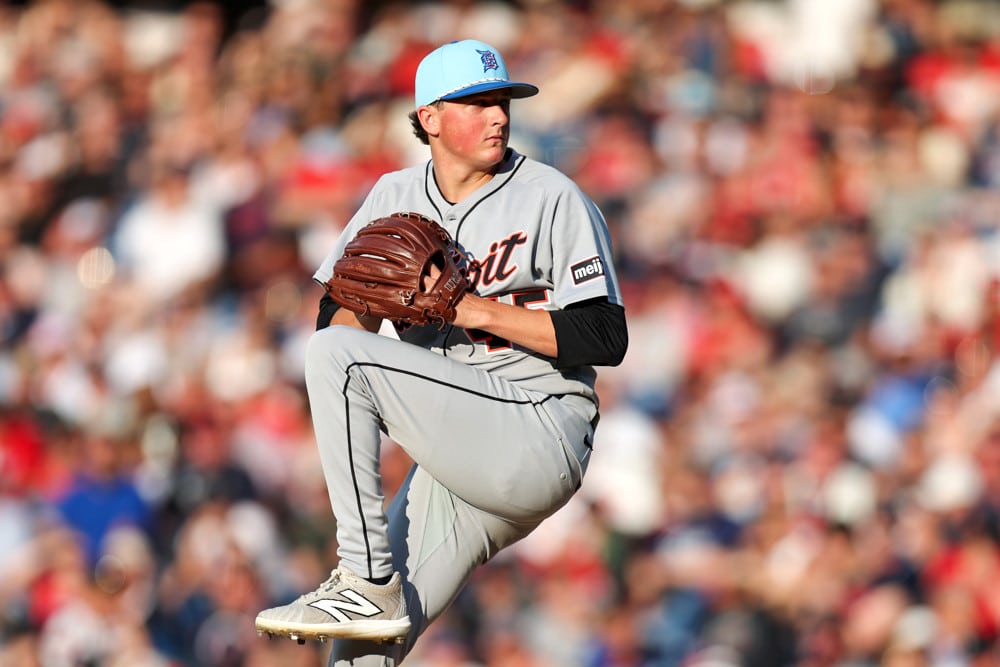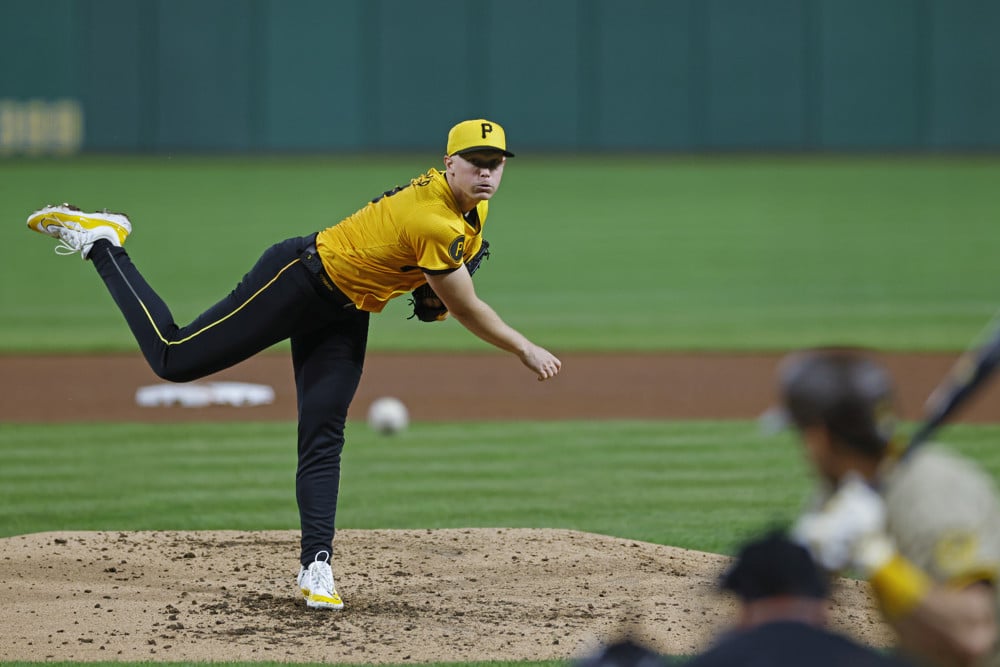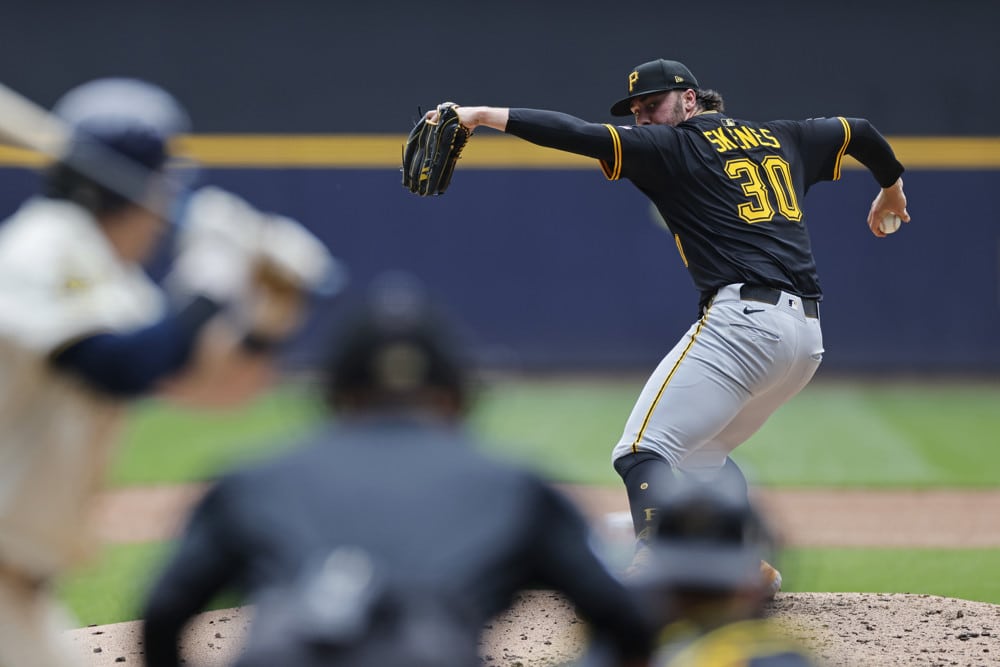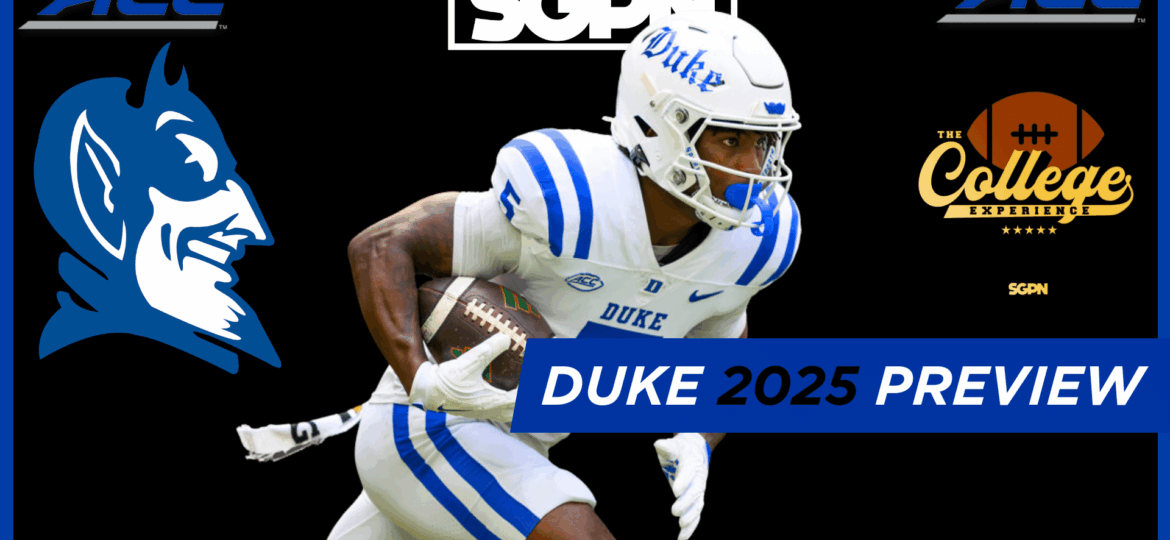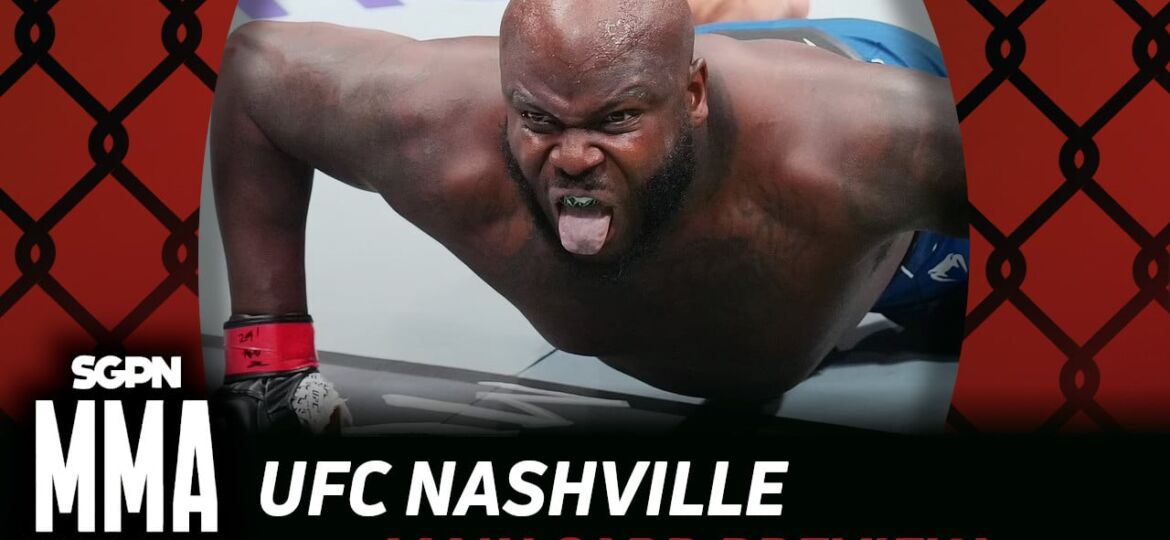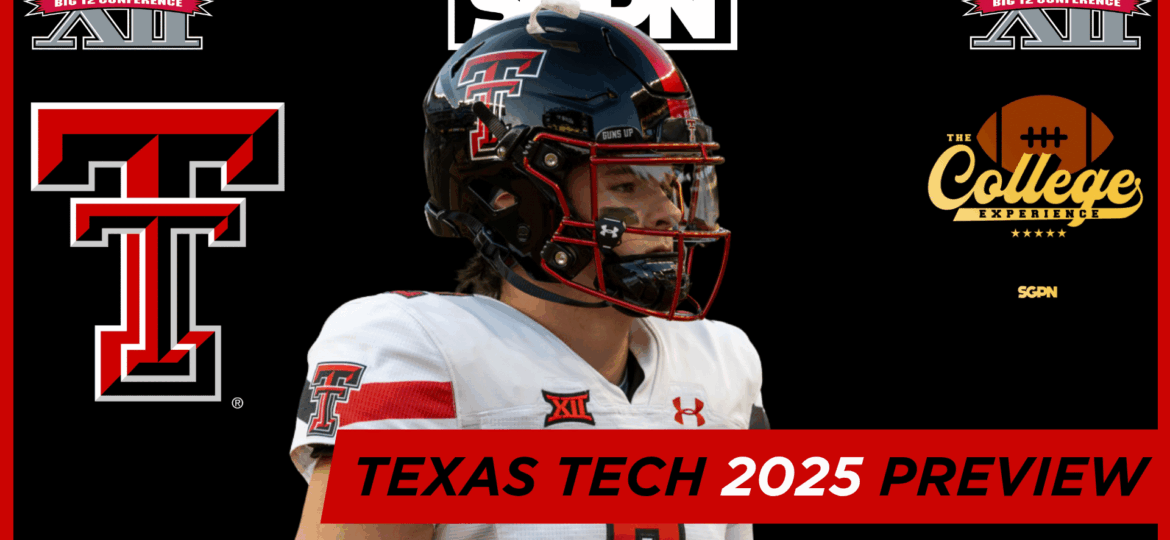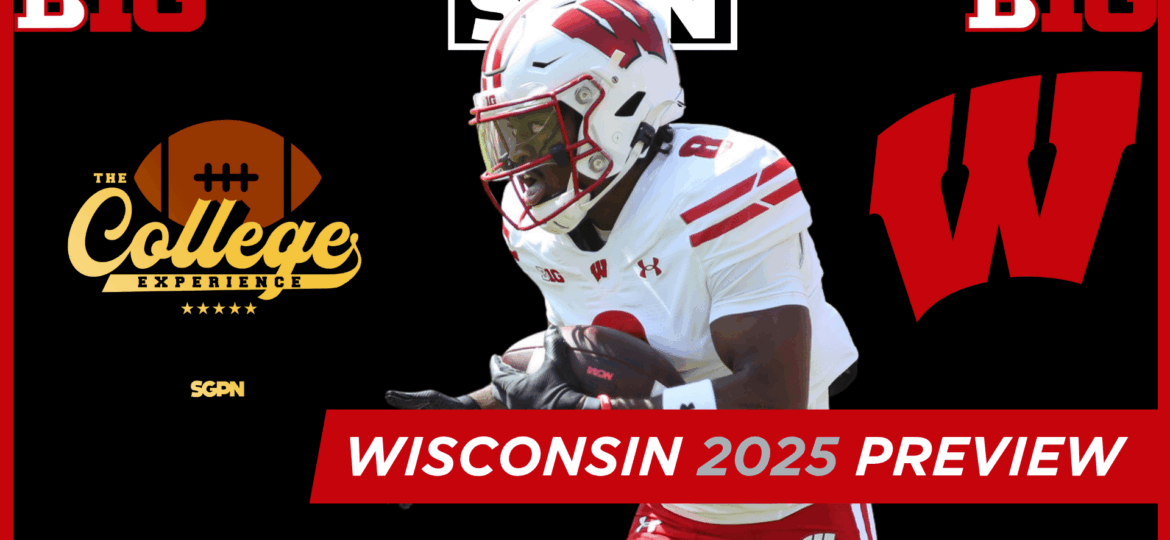Following a hot and muggy slog through the New Orleans bayou, the PGA Tour returns to it’s regularly scheduled programing with a traditional 72 hole stroke play event at Quail Hollow for the 2019 Wells Fargo Championship in Charlotte, NC.
Quail Hollow is one of the more popular golf courses on the schedule. It is in pristine condition and holds the distinction as one of the only golf courses to boast as a regular stop on the PGA Tour as well as host of a major championship. Though there is years of data to utilize when preparing to wager on the tournament, the recent changes to the golf course in preparation for the 2017 PGA Championship has altered the types of golfers one should target in their daily lineups and on their betting cards.
Here’s everything to know before betting the 2019 Wells Fargo Championship:
The Field
The Wells Fargo Championship is one of the more popular events on the PGA Tour for the biggest names in golf, and this year is no exception. The premier player in the field is two time winner Rory McIlroy, who looks to regain some momentum after a very disappointing showing at The Masters. Joining him are a trio of players with tremendous success at Quail Hollow in Rickie Fowler, Phil Mickelson and Hideki Matsuyama. Fowler is a former winner at Quail Hollow, and both Phil and Hideki have a string of strong Top 10 finishes at the golf course.
Other notables in the field this week include defending champion Jason Day, Sergio Garcia, Tony Finau, Justin Rose and Webb Simpson, who owns a home approximately a half mile from the golf course.
There are two notable omissions from the event. It was widely speculated that Tiger Woods would tee it up this weekend in preparation for the PGA Championship in two weeks. Instead he has opted to skip this week’s event, which means he will not play a competitive tournament between his win at Augusta and his trip to Bethpage Black. Some people may see this as cause for concern, but I’m not raising any alarm bells. Tiger is probably just managing the reps on a body that has received four invasive back surgeries. Given the amount of media exposure he saw following his 15th major championship, he’s probably enjoying some much needed time off and doesn’t see much use in playing this event to prepare for the next major.
A much bigger concern, however, is the absence of Justin Thomas this weekend. Justin Thomas won the PGA Championship at Quail Hollow in 2017, however he pulled out of the event citing a wrist injury and he was even seen sporting a soft cast after the Masters. This is a major red flag considering he has struggled since injuring his arm at the Honda Classic, and he’s battled numerous wrist injuries in the past. This is definitely something to monitor as we get closer to the PGA Championship in two weeks.
The Golf Course
While the Wells Fargo Championship is a fairly young event on the PGA Tour, Quail Hollow’s history of hosting professional golf tournaments is much older than that. Quail Hollow is a private country club first built in 1959 by George Cobb, who’s other notable works include East Lake, Timuquana and the ninth hole at Augusta National. The club played host to the Kemper Open from 1969 to 1979 before the event moved north to Maryland as the Booz Allen Classic. The course underwent a series of changes from it’s original design, beginning with alterations by Arnold Palmer in 1986 and redesigns by Tom Fazio in 1997, 2003, and 2016 in preparation for the PGA Championship.
Front Nine
Back Nine
The latest redesign of the golf course in 2016 mostly affected the front nine. Hole No. 1 was lengthened by about 100 yards and took over the former No. 2 green, and former Hole No. 3 became the 2nd hole. The renovation of the 1st also changed the desired shot off the tee, as a power fade (for a righty) through the dog leg and away from the trio of fairway bunkers is now the ideal ball flight. The hole now plays as a difficult 524 yard Par 4, and it was the 3rd hardest hole on the golf course in 2018.
Before
After
Additionally, the club cut down huge swaths trees to create a new Par 3 4th. The tee box on No. 5 was also moved up to eliminate a Par 5 from the scorecard to make the course a Par 71. Though there weren’t many total yards added to the scorecard, a 7,600-yard course plays a little harder as a Par 71 than a Par 72, and it successfully gave the golfers a much tougher test than in years past.
The most famous stretch at Quail Hollow is the final three holes and is aptly nicknamed The Green Mile. Many players feel like they are on a death march through it, and many more see their chances of winning at Quail Hollow come to an unfortunate, swift and cruel end.
The Green Mile
The golfers enter The Green Mile with the tough 506 yard Par 4 16th. Off the bat, there presents a conundrum off the tee. The safe tee shot is a draw away from the fairway bunker 303 yards away. However, anything down the left side of the fairway brings the water into play, as Kevin Kisner unfortunately experienced during the 3rd round while leading the PGA Championship.
The 223 yard Par 3 17th offers little respite for the players, as the tee shot requires a forced carry 210 yards over a water hazard and a large bunker in front of the green. During the final round of the PGA Championship, almost no one was able to get the ball close to the hole. Justin Thomas, however, stuffed his tee shot to 10 feet and drained the birdie on his way to his first major title.
The final hole at Quail Hollow is a difficult 494 yard Par 4 with a creek winding all the way down the left side of the hole. Those wishing to avoid the creek off the tee will also have to contend with a deep fairway bunker 303 yards away, as well as a thick pocket of trees down the right side of the hole. An accurate tee shot on this hole is paramount, however those who hit into trouble down the right side need to take their medicine and punch back out to the fairway to a big number on the scorecard.
Jason Day, however, ignored this advice:
Though the Green Mile is the most famous stretch of holes at Quail Hollow, my favorite hole on the golf course is the short Par 4 14th:
I love watching the players make difficult decisions on driveable Par 4’s where trouble lurks everywhere, and Quail Hollow has a great one on the course. When the tee box is moved up and the pin is placed in the front of the green, the hole is easily driveable for most players. Those who successfully execute a perfect tee shot may find themselves with a fantastic opportunity to put an eagle on the scorecard and move up the leaderboard. However, those who are errant may find themselves over in the bunkers on the right side of the fairway or short left of the green, or worse in the water hazard. Even those who lay up need to be mindful of the fairway bunkers 276 yards away to avoid a tricky approach. It’s a great hole where both the decision and the shot has to be perfect if one wants to win the tournament.
Betting Strategies
Quail Hollow has notoriously been very friendly to longer hitters and those who excel off the tee. While the fairways have historically been difficult to hit, there is very little incentive to be conservative off the tee with how long the golf course plays. It’s no wonder that recent winners at Quail Hollow include some of the best drivers on the PGA Tour like Jason Day, Justin Thomas, Rory McIlroy and J.B. Holmes.
The weather conditions should also favor longer hitters this week. Charlotte, NC has received a lot of rain during the month of April, and there is rain in the forecast over the weekend. The temperatures also will be in 80’s with light to moderate winds expected. The combination of warmer temperatures and a damp golf course means that the bombers off the tee will have a significant advantage as always. The already long 7,600 yard golf course will only play longer, and the soft conditions will artificially widen the fairways to allow more aggressive hitters to try and bomb and gouge Quail Hollow.
The soft conditions will also elevate those who have a firm control on their approach shots 150-200 yards away. While the greens run faster than average, the soft conditions should allow the players to go flag hunting and be aggressive to try and create good birdie opportunities. The longer hitters should have a higher lofted iron in hand to help aide in peppering the soft greens for scoring chances.



